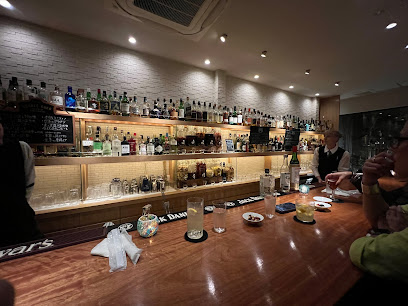
The Tranquil Mausoleum of Emperor Meiji: A Tribute to Japan's Legacy
Explore the serene Mausoleum of Emperor Meiji in Kyoto, a historical landmark surrounded by lush nature and rich cultural heritage.
The Mausoleum of Emperor Meiji at Fushimi Momoyama is a serene historical landmark in Kyoto, honoring the revered Emperor Meiji. Nestled in lush surroundings, this site offers tourists a peaceful retreat enriched with cultural significance.
A brief summary to Mausoleum of Emperor Meiji at Fushimi Momoyama
- Momoyamacho Kojosan, Kyoto, Momoyamacho Kojosan, Fushimi Ward, Kyoto, 612-0831, JP
- +8175-601-1863
- Visit website
- Monday 8:30 am-5 pm
- Tuesday 8:30 am-5 pm
- Wednesday 8:30 am-5 pm
- Thursday 8:30 am-5 pm
- Friday 8:30 am-5 pm
- Saturday 8:30 am-5 pm
- Sunday 8:30 am-5 pm
Local tips
- Visit early in the morning for a quieter experience and to enjoy the peaceful atmosphere.
- Don't forget your camera; the scenic paths and beautiful gardens provide stunning photo opportunities.
- Take time to explore the surrounding area, which is rich in history and offers additional cultural attractions.
- Dress respectfully, as this is a sacred site; comfortable shoes are recommended for walking the grounds.
Getting There
-
Train
From Kyoto Station, take the JR Nara Line towards Nara. Get off at Fushimi Momoyama Station, which is about a 10-minute ride. Once you exit the station, turn left and walk straight for about 15 minutes until you reach the entrance to the Mausoleum of Emperor Meiji.
-
Bus
From Kyoto Station, board the Kyoto City Bus (number 86 or 87) towards Fushimi Momoyama. Get off at the Momoyama Koen-mae bus stop. From there, it’s a 10-minute walk to the mausoleum. Head east along the road, then turn left at the first intersection and follow the signs to the mausoleum.
-
Walking
If you are near Fushimi Ward, you can walk to the Mausoleum. From Fushimi Momoyama Station, head east along the main road for about 15 minutes. Alternatively, if you are in a nearby area, use a map application on your smartphone to guide you directly to Momoyamacho Kojosan, Fushimi Ward, Kyoto 612-0831.
Discover more about Mausoleum of Emperor Meiji at Fushimi Momoyama
Iconic landmarks you can’t miss
Fushimi Inari Taisha Sembon Torii (Thousand Torii Gates)
3.4 km
Explore the breathtaking beauty of Fushimi Inari Taisha, where thousands of vermillion torii gates create an unforgettable spiritual journey in Kyoto.
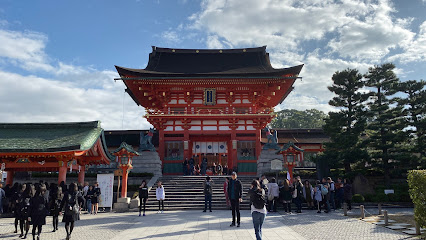
Fushimi Inari Taisha
3.4 km
Discover the spiritual beauty of Fushimi Inari Taisha, Kyoto’s iconic shrine adorned with thousands of vibrant torii gates leading to sacred Mount Inari.
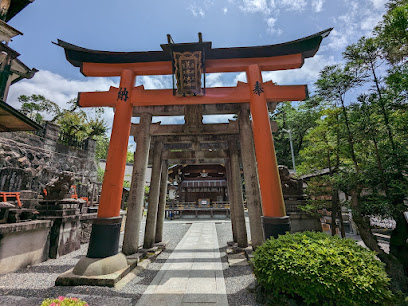
Fushimi Inari Taisha Honden (Sanctuary)
3.4 km
Explore Fushimi Inari Taisha, Kyoto's iconic Shinto shrine, known for its thousands of vibrant torii gates and breathtaking mountain trails.
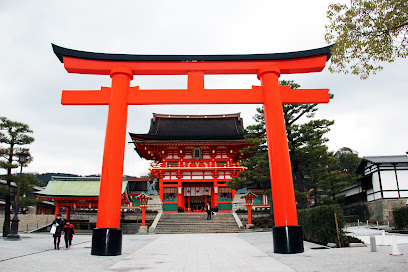
Tower Gate
3.4 km
Discover the spiritual serenity of Tower Gate, a stunning Shinto shrine in Kyoto that embodies Japan's rich cultural heritage and natural beauty.
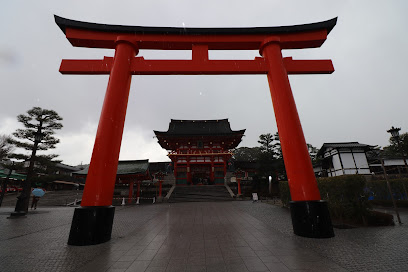
Great Torii
3.5 km
Explore the iconic Great Torii at Fushimi Inari Taisha, a must-see Shinto shrine in Kyoto known for its stunning pathways of vermillion gates and serene mountain views.
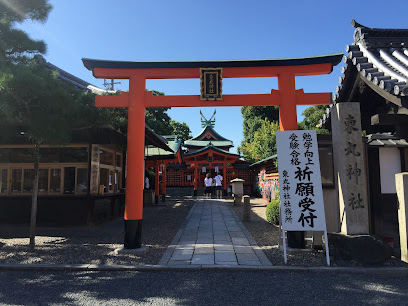
Kumataka Shrine
3.5 km
Discover the serene beauty of Kumataka Shrine in Kyoto, a tranquil Shinto sanctuary offering a glimpse into Japan's rich spiritual heritage.

Fushimi Inari Yotsuji
3.6 km
Explore the enchanting Fushimi Inari Yotsuji in Kyoto, a Shinto shrine featuring thousands of vermilion torii gates and a serene path through nature.
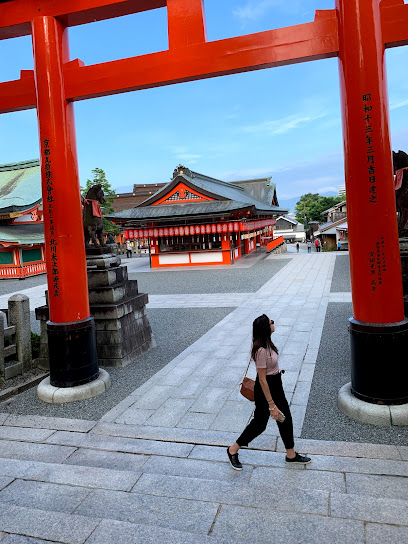
Kojingamine (Tanakasha Shinseki)
3.6 km
Explore the serene beauty of Kojingamine in Kyoto, a captivating Shinto shrine surrounded by nature, rich in spiritual heritage and cultural significance.
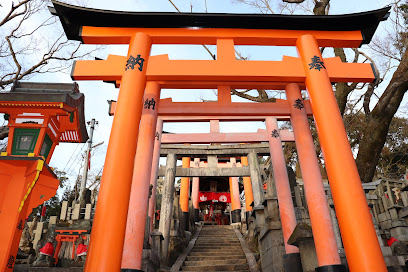
Daigo-ji Temple
3.8 km
Visit Daigo-ji Temple, a UNESCO World Heritage Site in Kyoto, where breathtaking gardens and rich Buddhist history create a serene escape.
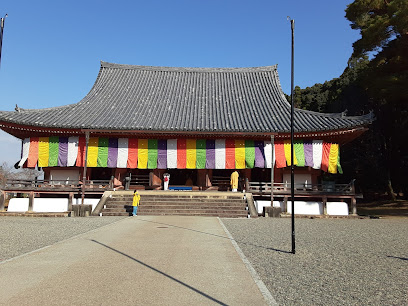
Tsurugi Shrine
5.2 km
Discover spiritual serenity and cultural heritage at Tsurugi Shrine in Kyoto's enchanting Higashiyama Ward.
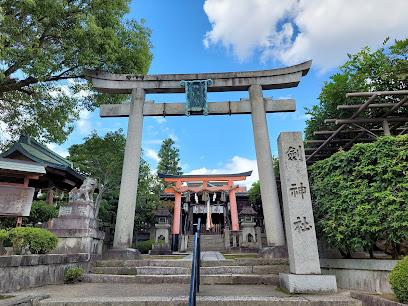
Uji Bridge
5.4 km
Explore Uji Bridge, Kyoto's iconic landmark, where stunning views and rich cultural heritage converge along the serene Uji River.
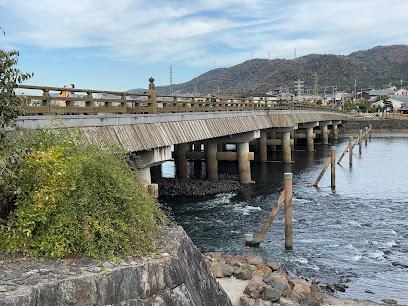
Miyako Hotel Kyoto Hachijo
5.7 km
Discover luxury and tranquility at Miyako Hotel Kyoto Hachijo, the perfect base for exploring Kyoto's rich cultural heritage.
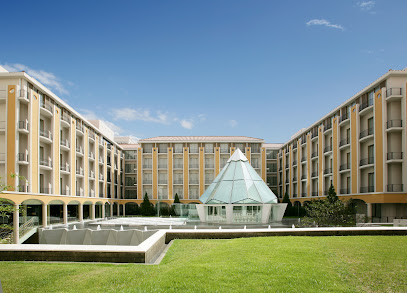
Tōji Temple
5.7 km
Discover the awe-inspiring Tōji Temple, a UNESCO World Heritage site in Kyoto, featuring Japan's tallest pagoda and serene gardens steeped in history.
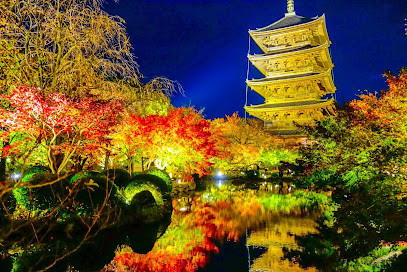
Tō-ji Temple
5.7 km
Explore the beauty and spirituality of Tō-ji Temple, a UNESCO World Heritage site in Kyoto featuring Japan's tallest pagoda and serene gardens.
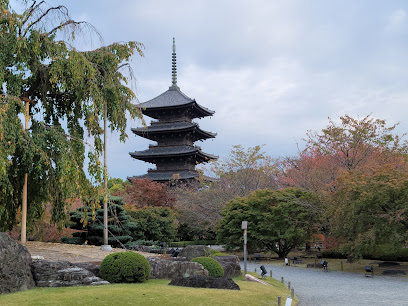
Rengeō-in (Sanjūsangen-dō) Temple
5.7 km
Explore the serene beauty of Rengeō-in (Sanjūsangen-dō), a historic Buddhist temple in Kyoto, showcasing 1001 Kannon statues and tranquil gardens.
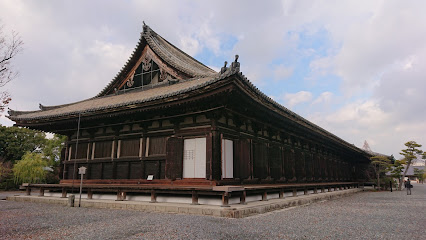
Unmissable attractions to see
Fushimi-Momoyama-jō Castle
0.5 km
Explore the historical Fushimi-Momoyama-jō Castle, a cultural landmark in Kyoto, featuring stunning architecture and rich heritage.
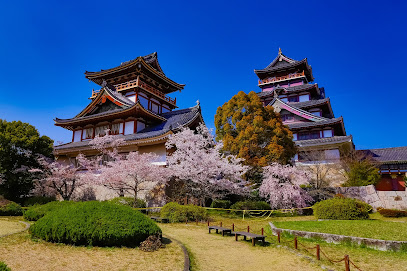
Fushimi Kitabori Park
0.5 km
Explore the tranquil beauty of Fushimi Kitabori Park in Kyoto, a serene escape with lush greenery, scenic paths, and seasonal splendor.
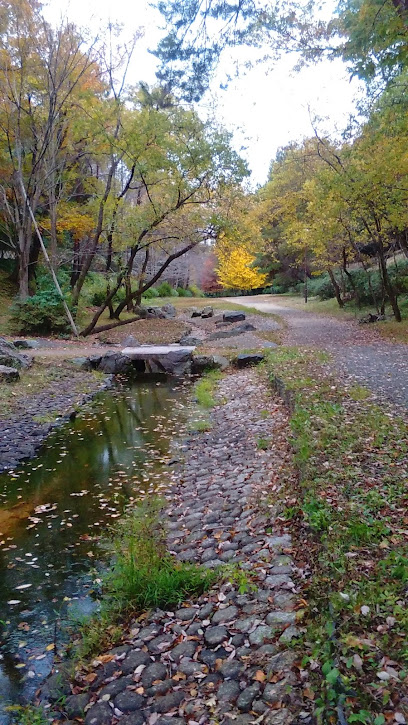
Gokōnomiya Shrine
1.3 km
Immerse yourself in tranquility at Gokōnomiya Shrine, a serene Shinto shrine in Kyoto, surrounded by nature and rich cultural heritage.
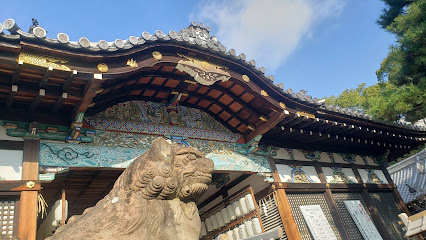
Fushimi Park
1.6 km
Explore the tranquility of Fushimi Park in Kyoto, a beautiful green space perfect for relaxation, culture, and nature's splendor.
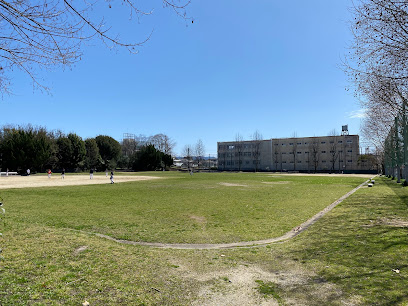
Fujioka Shuzo/Sakagura Bar En
1.7 km
Discover the authentic flavors of Kyoto at Fujioka Shuzo, a premier sake brewery offering tours, tastings, and rich cultural experiences in the heart of Japan.
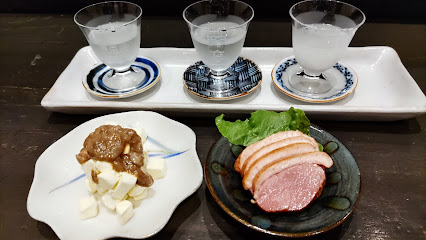
Fujinomori Shrine
1.8 km
Experience the tranquility and spiritual essence of Fujinomori Shrine, a serene Shinto sanctuary in the heart of Kyoto, Japan.
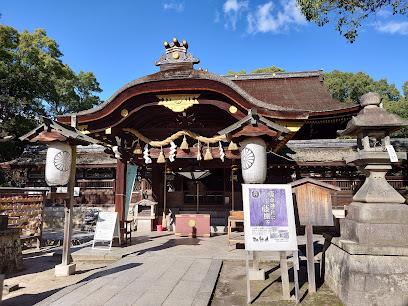
Yamamoto Honke Co., Ltd Head Office
1.9 km
Explore the rich heritage of Japanese sake brewing at Yamamoto Honke, Kyoto's historic brewery offering tastings and cultural insights.
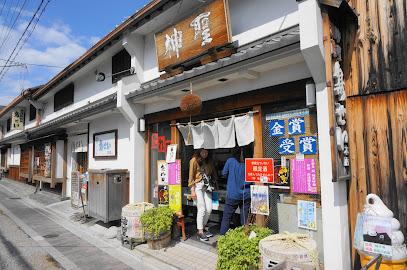
Ōiwa-jinja Shrine
1.9 km
Discover the serene beauty and cultural heritage of Ōiwa-jinja Shrine, a captivating Shinto shrine in the heart of Kyoto, Japan.
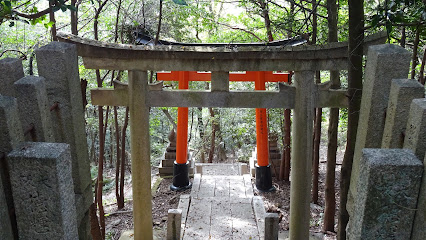
Gekkeikan Sake Company, Limited Kyoto Branch
1.9 km
Explore the historic Gekkeikan Sake Company in Kyoto, where centuries-old brewing traditions meet exquisite Japanese sake tasting.
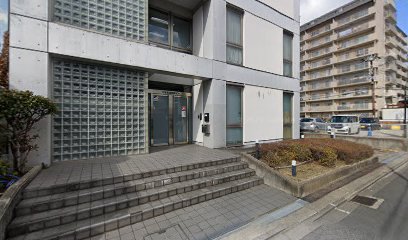
Site of Former Gekkeikan Head Office
2.0 km
Explore the rich history of sake brewing at the former Gekkeikan Head Office in Kyoto, a unique blend of tradition and culture.
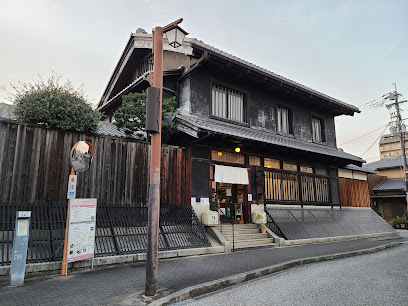
Gekkeikan Ōkura Sake Museum
2.0 km
Explore the rich heritage of sake-making at Gekkeikan Ōkura Sake Museum in Kyoto, where tradition meets innovation in the art of brewing.

Kizakura Kappa Country
2.0 km
Explore Kizakura Kappa Country in Kyoto for a unique blend of sake brewing and delicious Izakaya dining in a family-friendly atmosphere.
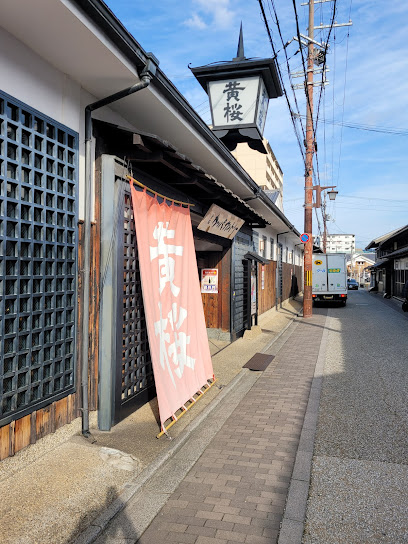
Higashiyama Sake Brewery LLC
2.0 km
Discover the artistry of sake at Higashiyama Sake Brewery in Kyoto, where tradition meets craftsmanship in every sip.
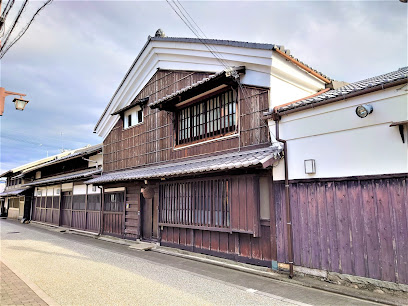
Kizakura Kappa Museum
2.0 km
Immerse yourself in Japanese folklore at the Kizakura Kappa Museum in Kyoto, where Kappa legends and interactive exhibits await.
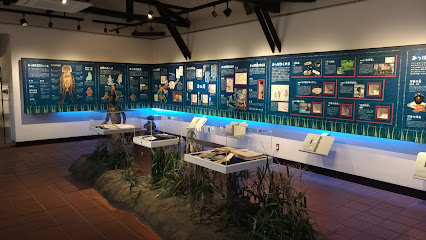
Fushimi Jukkokubune
2.0 km
Discover the serenity of Fushimi Jukkokubune, a picturesque tourist attraction in Kyoto, where nature and culture harmoniously intertwine.
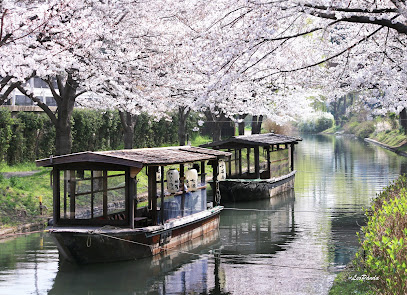
Essential places to dine
Tsujitei
3.4 km
Experience authentic Japanese cuisine at Tsujitei in Kyoto's Fushimi Ward – where tradition meets flavor in every dish.
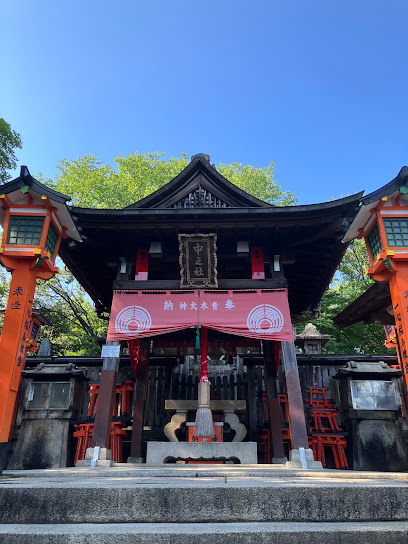
Inafuku
3.5 km
Discover Inafuku in Kyoto for an authentic sushi experience where tradition and flavor unite in every bite.
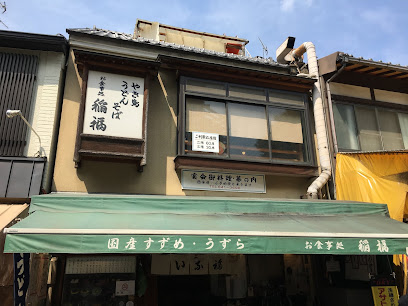
Nezameya
3.6 km
Experience authentic Japanese dining at Nezameya in Kyoto - home of exquisite unagi dishes amidst serene surroundings.

Fushimi Inari Sando Chaya
3.6 km
Experience the perfect blend of traditional Japanese tea and dim sum at Fushimi Inari Sando Chaya, located near the iconic Fushimi Inari Shrine.
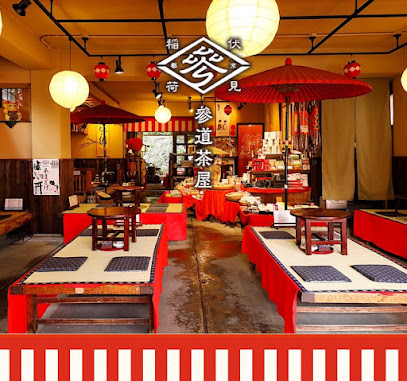
Ohmiya
3.6 km
Discover the essence of traditional Japanese cuisine at Ohmiya, where every dish is crafted with passion and authenticity in Kyoto.
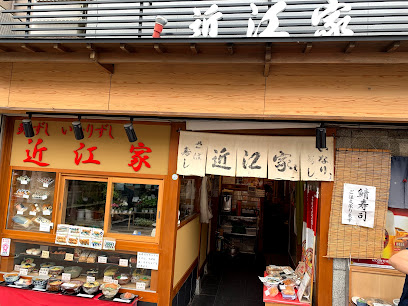
巨大蟹カマ
3.6 km
Experience authentic Japanese cuisine at 巨大蟹カマ in Kyoto – where every dish tells a story of tradition and flavor.
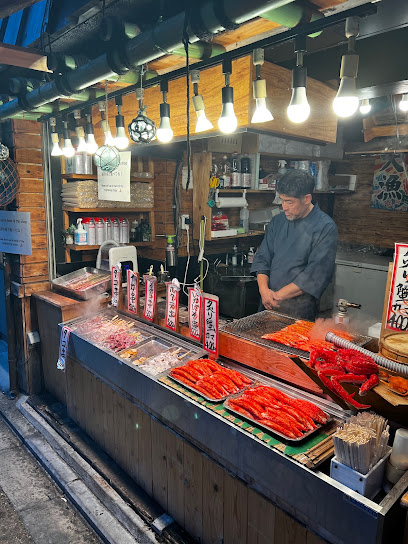
Kanoko
3.6 km
Experience traditional Japanese flavors at Kanoko, Kyoto’s premier soba noodle shop offering fresh dishes in a serene setting.
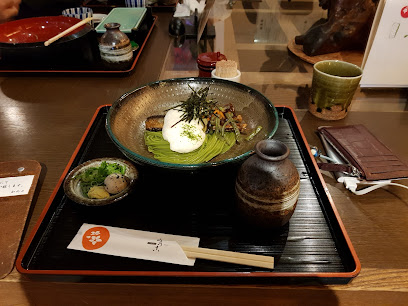
Fushimi Inari Hirano Seishoan
3.6 km
Discover the taste of Kyoto at Fushimi Inari Hirano Seishoan – your go-to takeout destination for authentic Japanese cuisine.
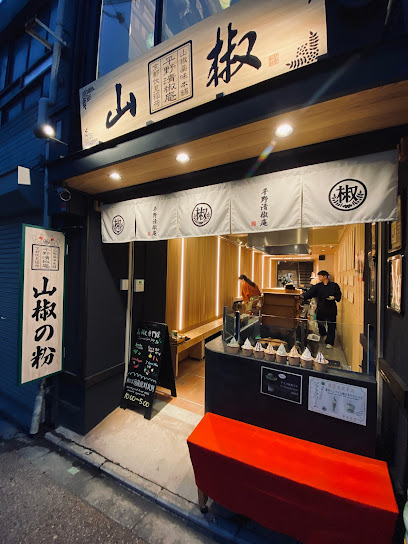
Santokutei
3.6 km
Discover authentic Japanese flavors at Santokutei in Kyoto - where tradition meets taste in every delightful dish.
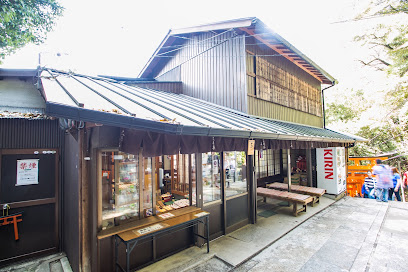
Kizahashi
5.8 km
Experience authentic Japanese cuisine at Kizahashi in Kyoto, where seasonal ingredients meet traditional artistry in every dish.
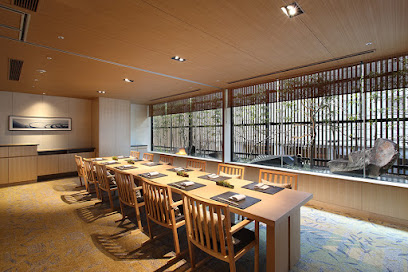
東山 Touzan
5.8 km
Delight in the flavors of Kyoto at 東山 Touzan - your gateway to authentic Japanese dining experiences.
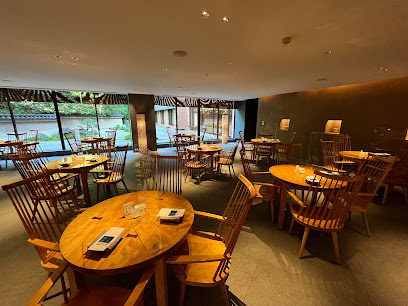
Katsukura - Kyoto Porta
5.8 km
Experience authentic tonkatsu at Katsukura in Kyoto - where tradition meets flavor in every bite.

French Dining Top of Kyoto
6.1 km
Discover the exquisite flavors of French cuisine at French Dining Top of Kyoto – where culinary artistry meets stunning views.
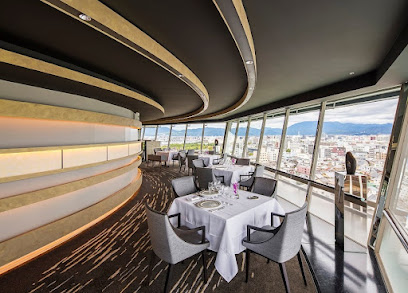
肉割烹ふたご Niku Kappo Futago THE JUNEI HOTEL KYOTO
6.2 km
Experience Kyoto's finest kaiseki dining at Niku Kappo Futago, where premium wagyu meets traditional Japanese culinary artistry.

Otowa Saryo
6.5 km
Experience traditional Japanese cuisine and serene surroundings at Otowa Saryo in Kyoto's beautiful Higashiyama Ward.
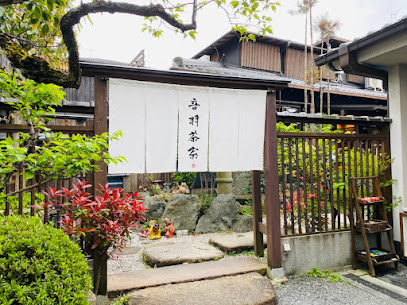
Markets, malls and hidden boutiques
Fushimi Otesuji Shopping Street
1.7 km
Explore the vibrant Fushimi Otesuji Shopping Street in Kyoto, where traditional culture meets modern shopping and dining experiences.
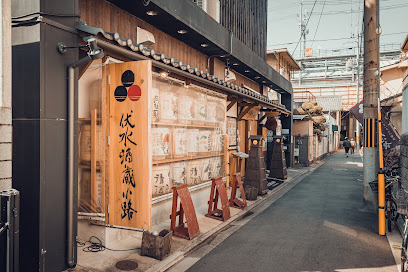
Ojamakan Fukakusa Store
3.0 km
Explore Ojamakan Fukakusa Store in Kyoto for an unforgettable gaming experience with a wide selection of games and collectibles.
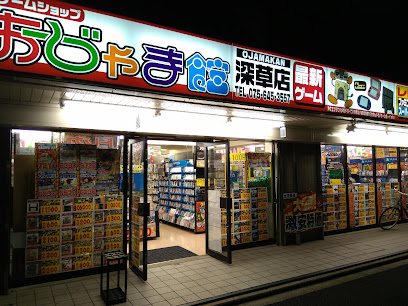
Inariya
3.5 km
Discover Inariya, Kyoto's finest Japanese confectionery shop, where tradition meets sweetness in every delightful treat.
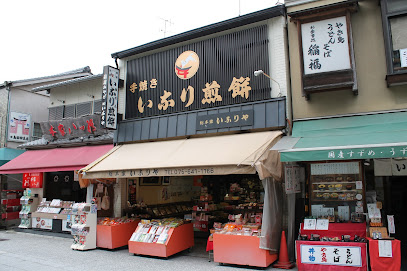
Gallery KACCO
3.6 km
Discover unique, handcrafted souvenirs at Gallery KACCO, where Kyoto's rich cultural heritage meets contemporary artistry.
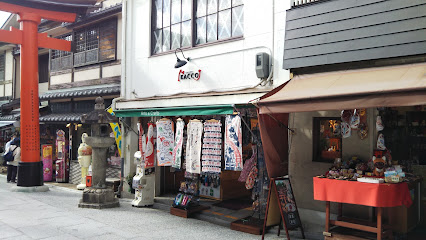
Chiikawa Mogumogu Honpo
3.6 km
Discover the whimsical world of Chiikawa Mogumogu Honpo in Kyoto, where unique souvenirs and delightful character goods await every traveler.
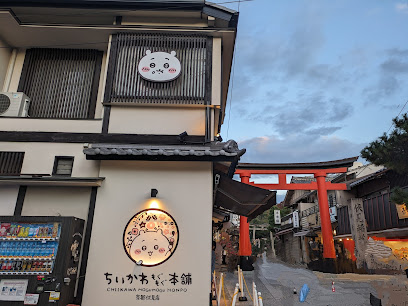
手づくり工房 京豆庵 京都伏見稲荷店
3.6 km
Experience the taste of Kyoto at Kyozuan, an artisanal ice cream shop offering unique flavors inspired by Japanese traditions.
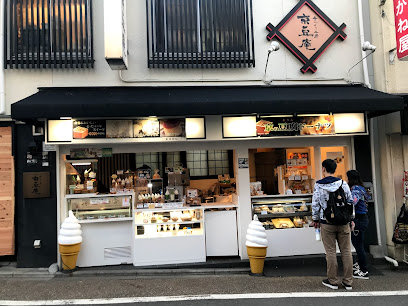
Fushimi Inari Oicy Village
3.6 km
Explore Fushimi Inari Oicy Village for an unforgettable culinary journey through Kyoto's diverse Japanese food scene, from sushi to ramen and more!
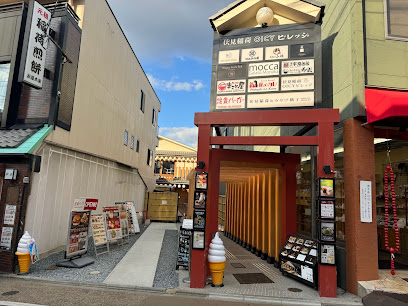
Thankyoumart Kyōto Avanti Store
5.5 km
Explore Thankyoumart Kyōto Avanti Store, a vibrant hub of fashion, souvenirs, and local goods in the heart of Kyoto.

Kyoto Avanti
5.5 km
Discover Kyoto Avanti: Where Shopping Meets Modern Elegance in the Heart of Kyoto.
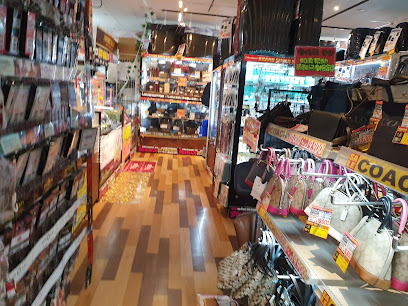
AEON MALL KYOTO
5.6 km
Discover AEON MALL KYOTO: Your ultimate shopping destination with diverse shops, delicious food, and local souvenirs all in one place.
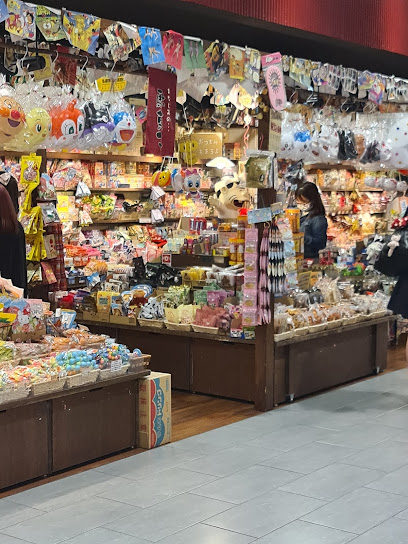
GIFT KIOSK
5.7 km
Discover the charm of Kyoto at GIFT KIOSK, your go-to souvenir shop in the heart of Kyoto Station, featuring unique crafts and local delicacies.
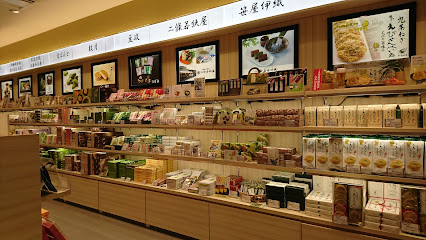
ASTY Kyoto
5.7 km
Explore ASTY Kyoto, where shopping meets culture, offering delightful souvenirs, local cuisine, and a vibrant atmosphere in the heart of Kyoto.
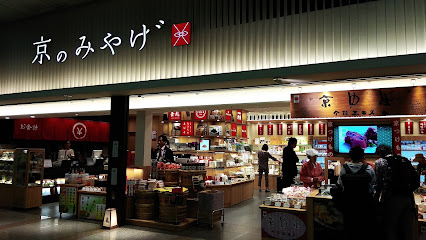
Kyoto Station ASTY Kyoto Kyoani Goods Store
5.7 km
Explore the ASTY Kyoto Kyoani Goods Store for exclusive anime merchandise and collectibles in the heart of Kyoto Station.

Karan-Colon Kyoto
5.7 km
Discover unique fashion accessories and authentic Kyoto souvenirs at Karan-Colon Kyoto, a vibrant variety store in the heart of the city.
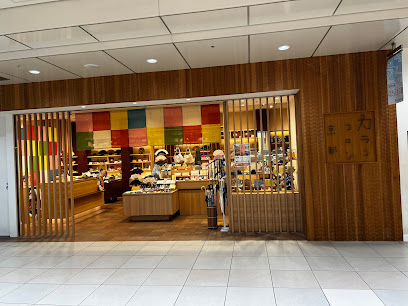
Time’s Place Kyoto
5.7 km
Discover the vibrant shopping scene at Time's Place Kyoto, where modern retail meets traditional Japanese culture in a stunning setting.

Essential bars & hidden hideouts
Bar 轟
2.7 km
Experience the tranquility and exquisite cocktails of Bar 轟, a delightful retreat in the heart of Kyoto's nightlife.
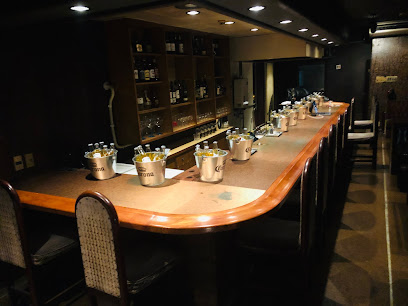
Fukakusa
3.2 km
Experience the authentic taste of Kyoto at Fukakusa, an izakaya offering delightful food and a vibrant atmosphere in the heart of Japan.
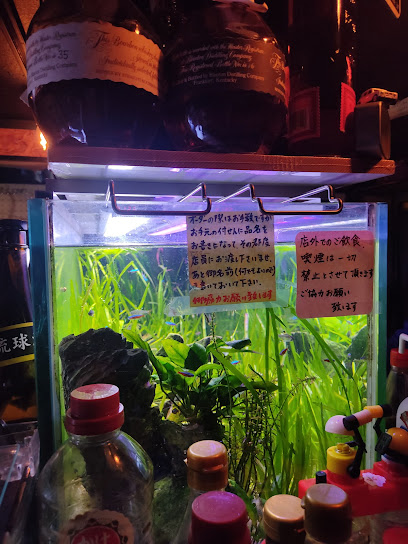
Vermillion - espresso bar & info.
3.5 km
Discover the charm of Vermillion, Kyoto's cozy espresso bar, where quality coffee meets a warm and inviting atmosphere.
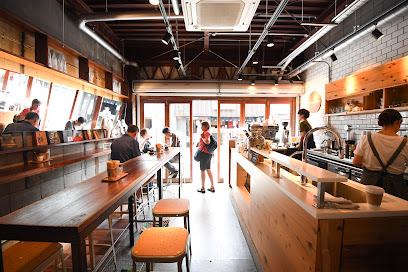
The Stones
5.6 km
Discover the lively atmosphere of The Stones, Kyoto's favorite pub offering affordable drinks and a chance to mingle with locals and travelers.
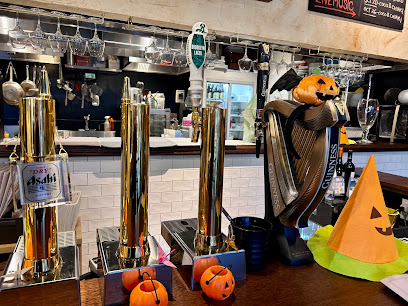
Man in the Moon - Kyoto Station Pub
5.8 km
Discover the unique blend of Irish and Japanese hospitality at Man in the Moon, Kyoto's beloved pub near the station.
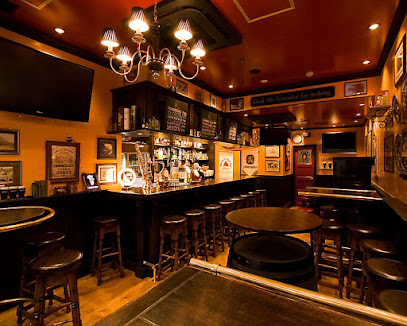
The Roots of all evil.
6.0 km
Discover Kyoto's vibrant nightlife at The Roots of All Evil, a bar where innovative cocktails and a welcoming atmosphere meet.
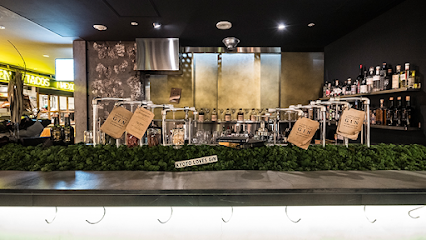
Sky Lounge KUU
6.0 km
Experience breathtaking views and exquisite drinks at Sky Lounge KUU, Kyoto's premier bar and lounge atop Kyoto Tower.
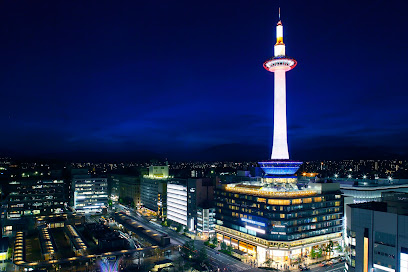
Rock Stock
6.4 km
Experience the unique charm of Rock Stock, a must-visit bar in Kyoto where local culture and vibrant nightlife merge in an affordable setting.
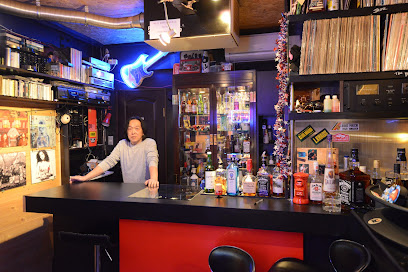
IXEY Non-Alcoholic Spirits Kyoto Distillery & Salon
6.5 km
Experience the artistry of non-alcoholic spirits at IXEY Distillery in Kyoto, a unique destination blending tradition with modern taste.
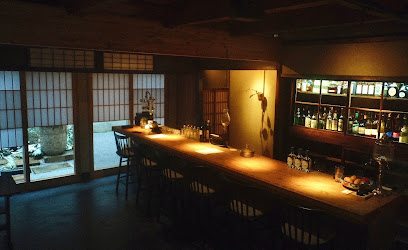
CICON ROOFTOP BAR by NOHGA HOTEL
6.5 km
Experience breathtaking views and delightful cocktails at CICON Rooftop Bar, the perfect sky-high retreat in the heart of Kyoto.

KamoTomo
6.8 km
KamoTomo: Experience the charm of Kyoto with American cuisine, craft beers, and a dog-friendly atmosphere.
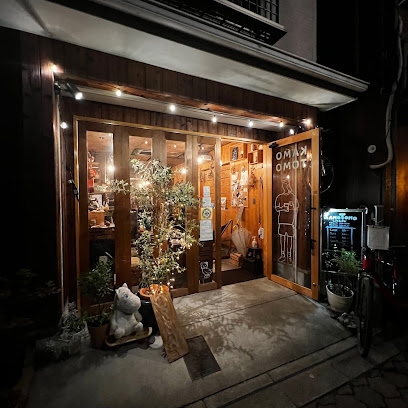
Talisker
7.2 km
Discover the charm of Talisker in Kyoto's Gion district, where modern cocktails meet traditional Japanese ambiance for an unforgettable evening.

Bar Rocking chair
7.2 km
Discover the exciting nightlife at Bar Rocking Chair, Kyoto's premier cocktail bar, offering a diverse selection of drinks in a vibrant atmosphere.
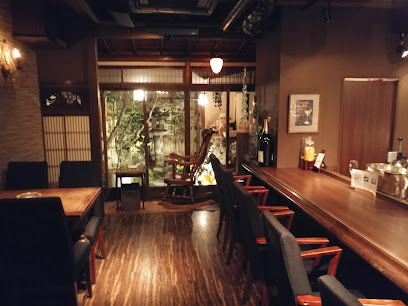
L'Escamoteur
7.3 km
Experience the magic of L'Escamoteur, Kyoto's enchanting cocktail bar, where creativity meets craftsmanship in every sip.
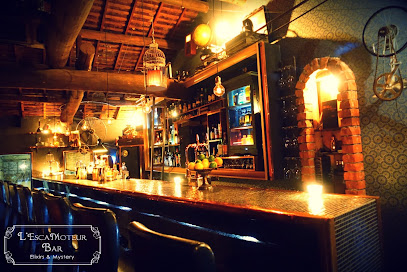
Turquoise Bar
7.3 km
Experience the vibrant nightlife of Kyoto at Turquoise Bar, renowned for its exquisite cocktails and lively atmosphere.
